Health and Wellness Trends
The Meat Snacks Market is significantly shaped by the prevailing health and wellness trends among consumers. As awareness of nutrition and healthy eating increases, many individuals are seeking snacks that align with their health goals. Meat snacks, particularly those that are low in preservatives and made from high-quality ingredients, are becoming increasingly popular. This shift is reflected in market data, which indicates a growing preference for clean-label products. As consumers prioritize health-conscious choices, the Meat Snacks Market is likely to adapt by offering more options that meet these evolving demands.
Expansion of E-commerce Platforms
The Meat Snacks Market is witnessing a transformative shift due to the expansion of e-commerce platforms. Online shopping has become a preferred method for many consumers, offering convenience and a wider selection of products. This trend is particularly evident in the meat snacks segment, where consumers can easily access various brands and flavors from the comfort of their homes. Data suggests that online sales of meat snacks are expected to grow significantly, potentially outpacing traditional retail channels. This shift not only enhances market accessibility but also drives competition within the Meat Snacks Market, encouraging innovation and product diversification.
Rising Demand for Convenient Snacks
The Meat Snacks Market experiences a notable surge in demand for convenient snack options. As lifestyles become increasingly fast-paced, consumers seek on-the-go food solutions that require minimal preparation. Meat snacks, such as jerky and meat sticks, provide a protein-rich alternative to traditional snacks, appealing to busy individuals and families. According to recent data, the meat snacks segment is projected to grow at a compound annual growth rate of approximately 8% over the next five years. This trend indicates a shift in consumer preferences towards portable and satisfying snack options, thereby driving the growth of the Meat Snacks Market.
Increased Focus on Protein-Rich Diets
The Meat Snacks Market is significantly influenced by the growing emphasis on protein-rich diets. As consumers become more health-conscious, they increasingly recognize the importance of protein in their daily nutrition. Meat snacks, being high in protein, cater to this demand effectively. Research indicates that protein consumption is expected to rise, with many consumers incorporating meat snacks into their diets as a convenient source of protein. This trend not only supports the Meat Snacks Market but also aligns with broader dietary shifts towards higher protein intake, particularly among fitness enthusiasts and health-focused individuals.
Advent of Innovative Flavors and Varieties
The Meat Snacks Market is characterized by a continuous introduction of innovative flavors and varieties. Manufacturers are increasingly experimenting with unique seasonings and ingredients to cater to diverse consumer palates. This trend is particularly appealing to younger demographics, who seek novel taste experiences. The introduction of gourmet and artisanal meat snacks has also gained traction, further diversifying the market. As consumers become more adventurous in their food choices, the demand for unique meat snack offerings is likely to grow, thereby propelling the Meat Snacks Market forward.
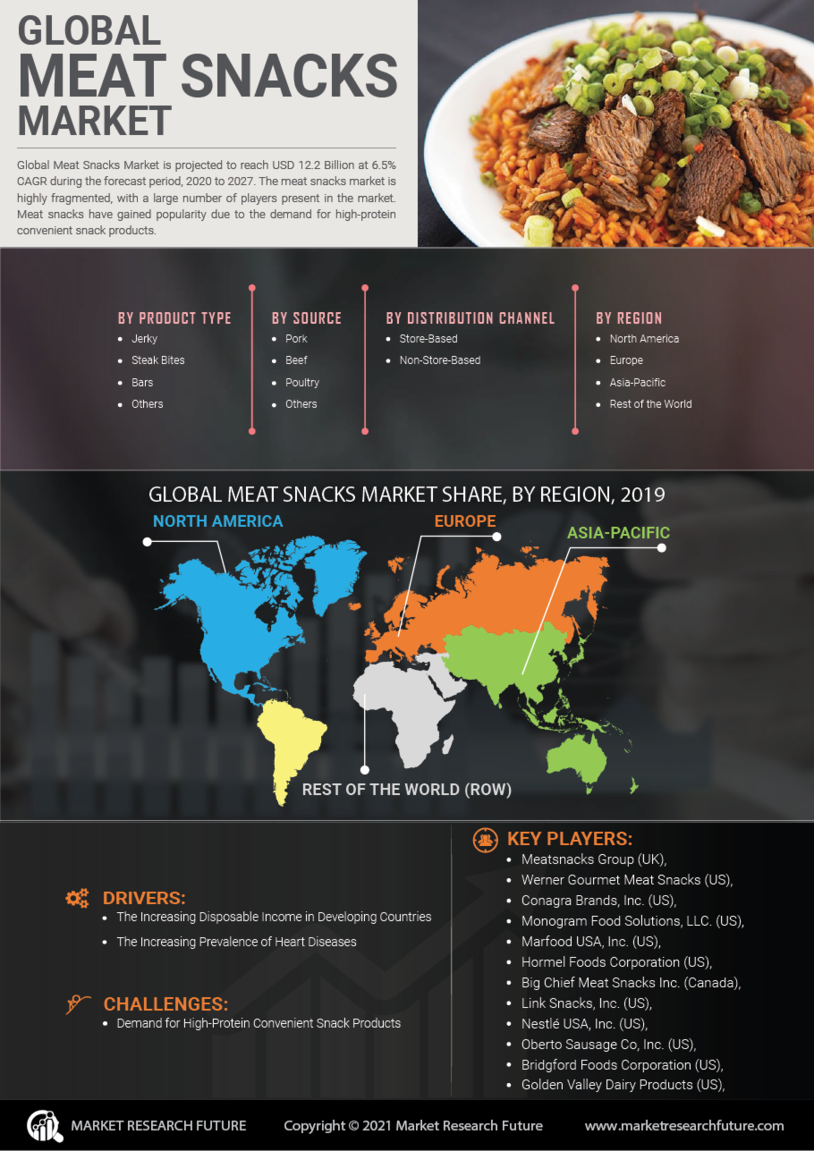


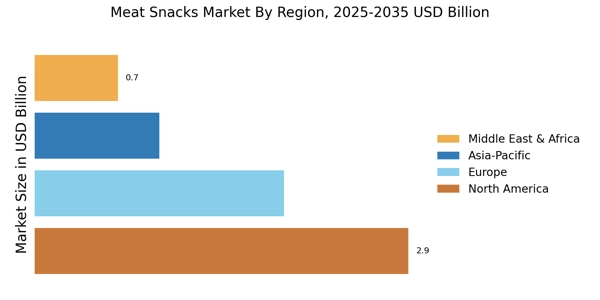
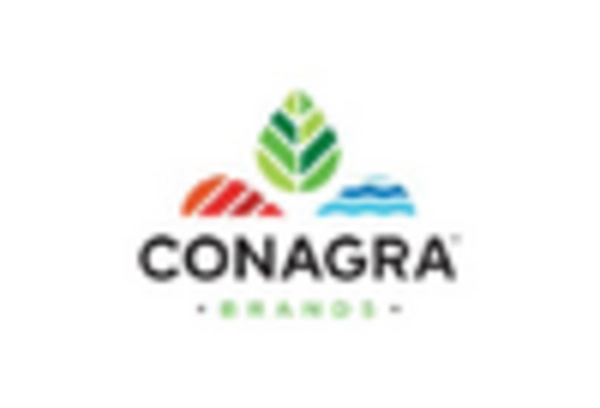
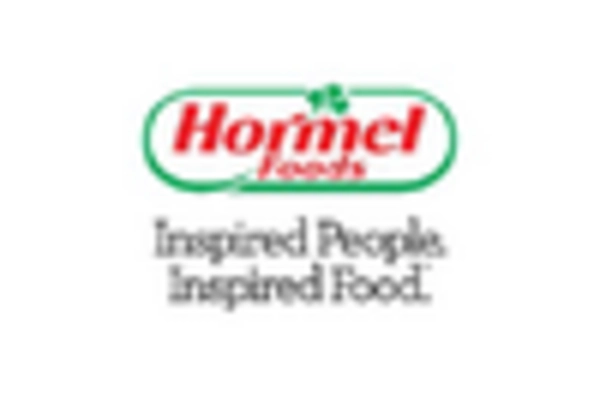
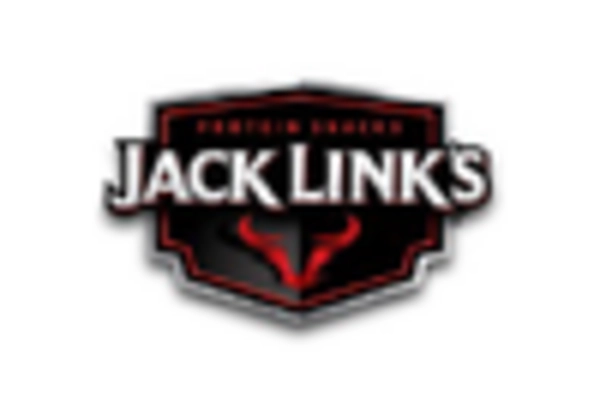
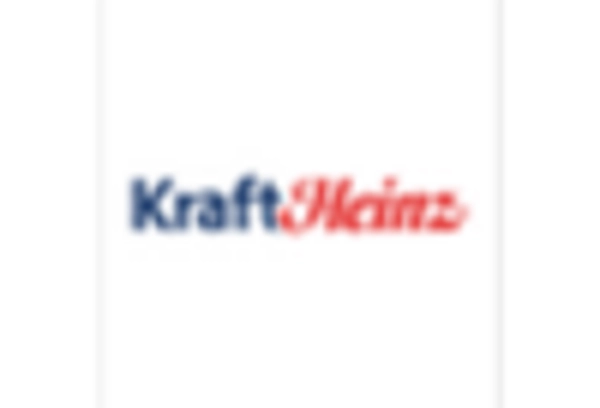
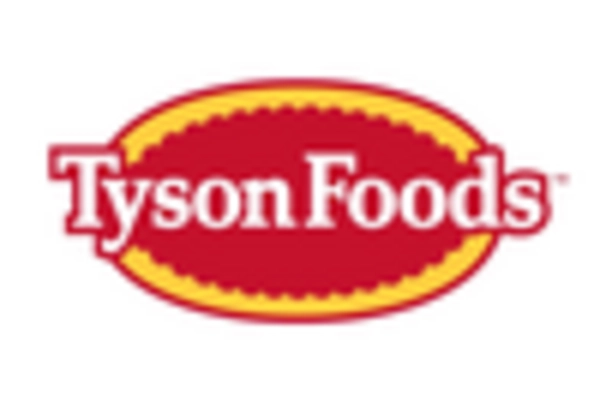
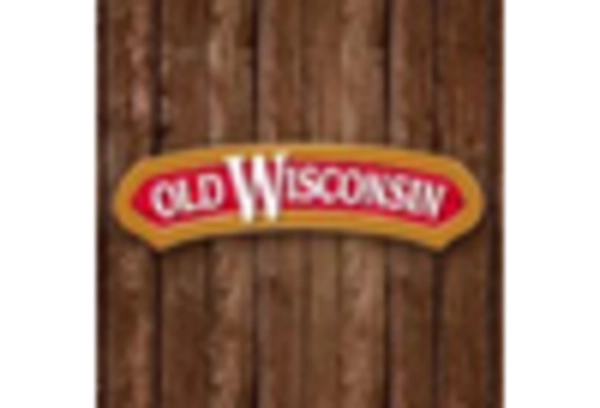








Leave a Comment